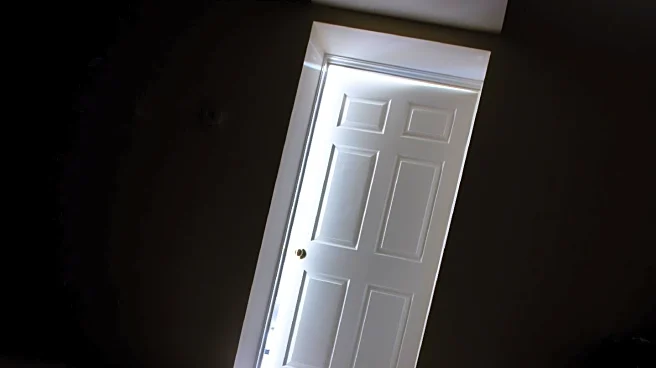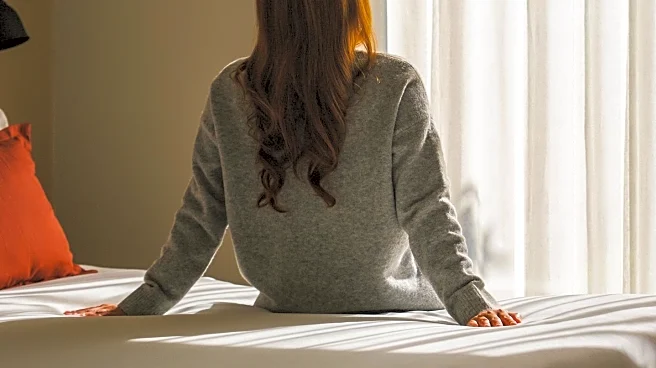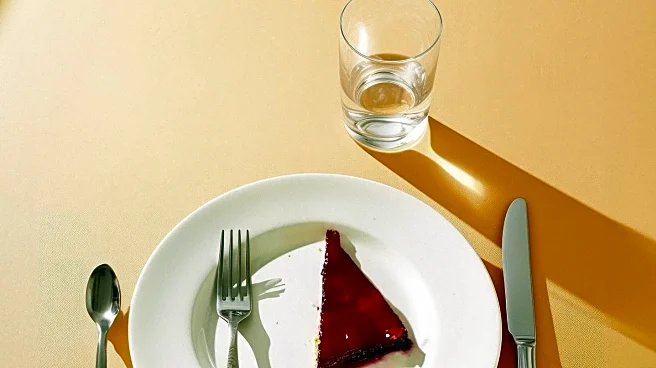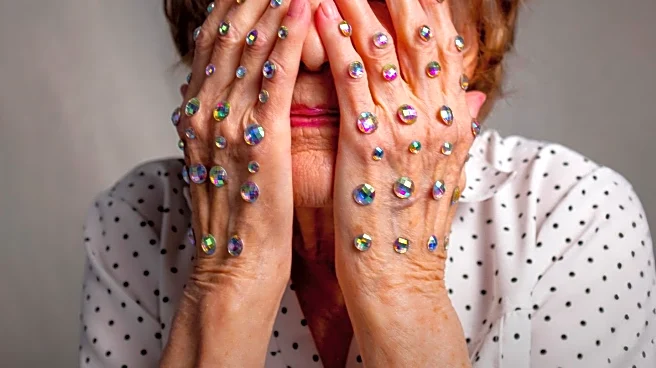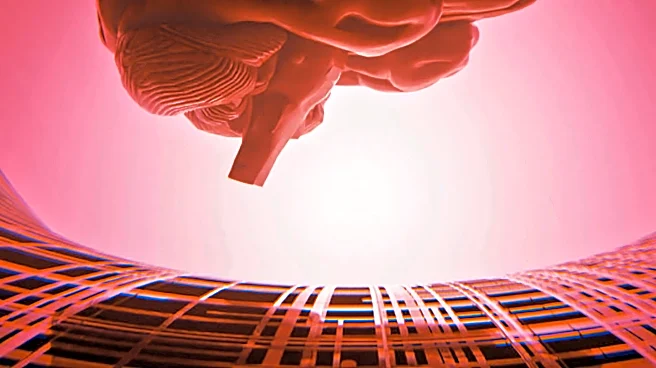What's Happening?
The concept of 'depression rooms' is gaining attention on social media, highlighting how depression can manifest in one's living space. These rooms, often cluttered and chaotic, reflect the internal struggles of individuals experiencing depressive episodes. Mental health professionals like Dayton Olsen and Kobe Campbell explain that these spaces are not a result of laziness but rather a mirror of the mental state of those affected. The clutter and disorganization in a 'depression room' can exacerbate feelings of guilt and sadness, creating a feedback loop that further impacts mental health. Social media users are sharing videos of cleaning these spaces as a form of 'behavior activation,' a therapeutic technique aimed at breaking the cycle of depression by encouraging small, manageable tasks.
Why It's Important?
The discussion around 'depression rooms' sheds light on the often-overlooked physical manifestations of mental health issues. By recognizing these signs, individuals and mental health professionals can better address the underlying causes of depression. This awareness can lead to more effective interventions and support systems for those struggling with mental health challenges. Additionally, the social media trend of sharing 'depression room' clean-ups can foster a sense of community and reduce stigma, encouraging more people to seek help. Understanding the connection between one's environment and mental health can also promote healthier living spaces and improve overall well-being.
